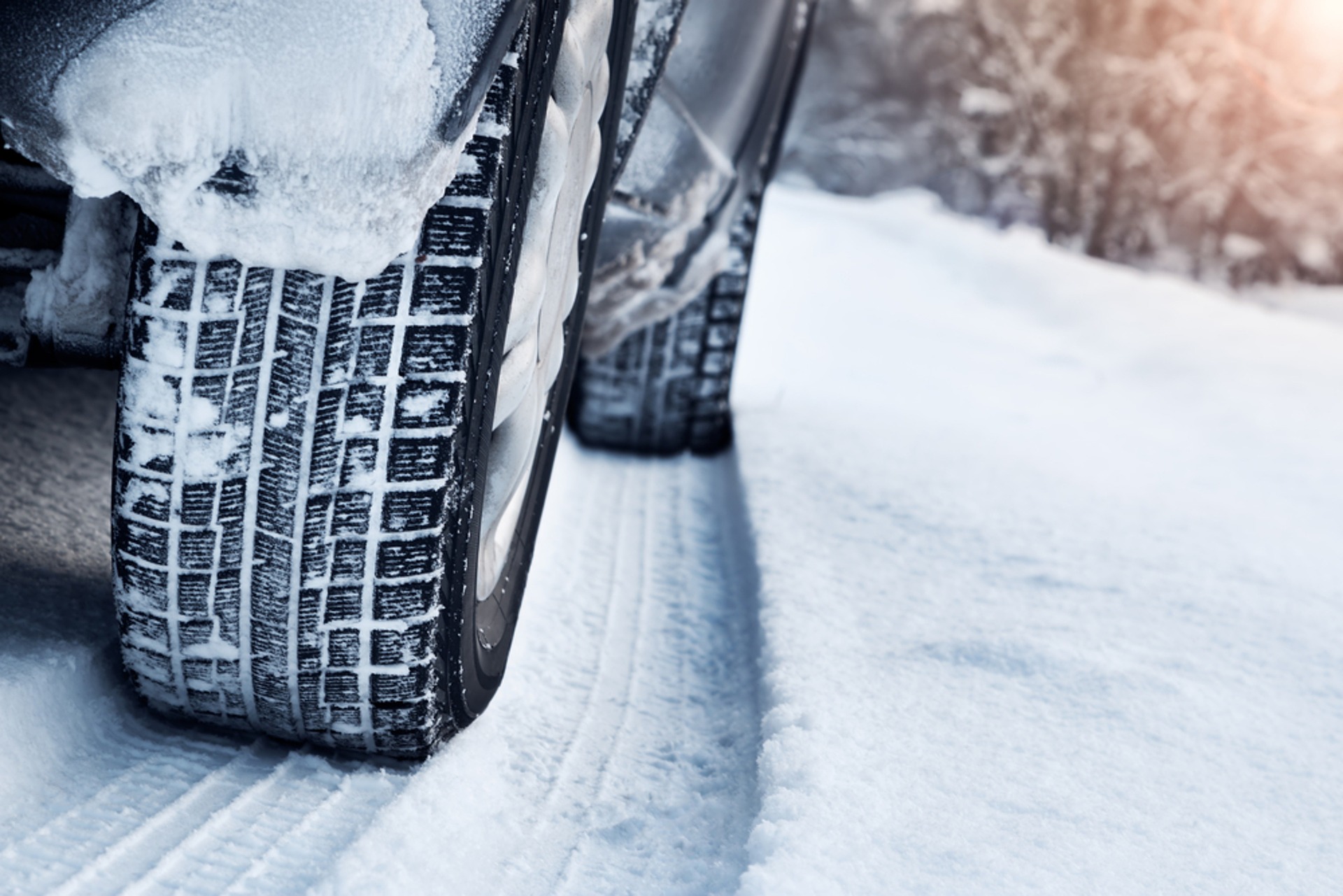The time has been exactly two weeks: from November 1, winter tires will be mandatory in Austria. The ÖAMTC provides information on what you should bear in mind.
On November 1, the weather-dependent winter equipment requirement will once again apply on Austria’s roads: from this date, cars, small trucks, and “moped cars” must be fitted with winter tires on all wheels when driving on snow, slush, or ice, the ÖAMTC informs and appeals: Even if the temperatures are sometimes still mild and autumnal, it is advisable to make an appointment for a tire change now. “Garages are often fully booked for weeks if there is a sudden onset of winter or cold weather. In addition, it can already be very cold at night or at higher altitudes—simple wet roads can turn into black ice when the temperature drops,” says ÖAMTC lawyer Nikolaus Authried.
What you should definitely consider with your winter tires
Winter tires are marked with M+S, M.S., or M&S and are specially designed for snow, ice, slush, and cold. “The tread depth of winter tires is regulated by law: It must be at least four millimeters throughout the winter – so depending on the mileage, it should still be around six millimeters at the time of the tire change,” says the ÖAMTC legal advisor. “For cross-ply tires, the law even stipulates a tread depth of at least five millimeters.” The existing winter tires must, therefore, be checked before changing them. Consumers can expect conventional winter tires to last around five seasons as the rubber compound hardens. If cracks or other damage are already visible, you should not save money in the wrong place, regardless of the service life—damaged tires can significantly endanger safety.
Violations can result in hefty penalties
If you change to winter tires too late or not at all, you risk a lot, as the club lawyer knows: “Incorrect tires can not only result in fines of up to 10,000 euros but also have serious consequences under insurance law.
Summer tires also limit driving safety enormously in winter conditions.” Suppose you are currently driving at higher altitudes and are surprised by winter. In that case, the following applies in purely legal terms: “As an alternative to winter tires, snow chains can also be fitted to at least two drive wheels of the summer tires; however, this is only permitted if the road is almost completely covered with snow or ice,” says the ÖAMTC legal advisor. “If there is an accident with summer tires in winter conditions, you would actually have to prove that this accident would have happened with winter tires—otherwise, the driver is at least partly at fault,” explains Authorized.
What does comprehensive insurance cover, and what does it not?
The liability insurance of the person who caused the accident must, in any case, pay compensation to the injured party – however, it is conceivable that the insurance company will seek recourse against the person who caused the accident, i.e., claim back the amount of the damage under certain circumstances (up to 11,000 euros). The following applies to comprehensive insurance policyholders who have an accident in winter with summer tires: If the policy only covers damage caused by “slight negligence”, the insurance will most likely not pay as soon as another circumstance, e.g. excessive speed or distraction due to cell phone use, is added. “If a person is also injured in the accident, there is even a risk of criminal proceedings,” warns the ÖAMTC lawyer.
Before the onset of winter: give your car a winter check
In addition to the tires, the car should undergo a winter check. Weak batteries are the most common cause of breakdowns. If the battery is over four years old or only used for short journeys, you should check it before the first cold snap. Also important to prepare the car for the winter is to apply antifreeze to the windshield washer system, check wiper blades (and replace them if necessary), impregnate rubber seals, ensure that the lights are working properly, and replace bulbs if necessary.
Frequently asked questions
When do winter tires become mandatory in Austria?
From November 1, 2024, drivers in Austria will once again be required to have winter tires.
Winter tire obligation: What do I have to pay attention to?
Drivers of cars and trucks up to 3.5 tons must drive with winter tires in snow, slush, or ice, or alternatively have snow chains fitted on at least two drive wheels. However, chains are only permitted if the road is covered with snow or ice throughout. The winter tire requirement always applies to trucks over 3.5 tons and buses, i.e., regardless of whether there is snow on the road or not.
How long do winter tires have to be worn?
The winter tire requirement applies to buses from November 1 to April 15 of the following year until March 15.
Winter tire obligation disregarded: What are the penalties?
Incorrect tires can result in fines of up to 10,000 euros and serious consequences under insurance law.
Which tires are considered winter tires?
Models that are marked with the terms “mud and snow” (M S, M.S., or M&S) and have a tread depth of at least five millimeters, or six millimeters in the case of cross-ply tires, are legally recognized as winter tires.
How must winter tires be marked?
The Alpine symbol on winter tires has been mandatory in Europe since 2018—all tires with M&S marking that have been sold in Europe since then have a symbol on the tire sidewall depicting a mountain with a snowflake inside.
- source: 5min.at/picture: pixabay.com
This post has already been read 8030 times!



